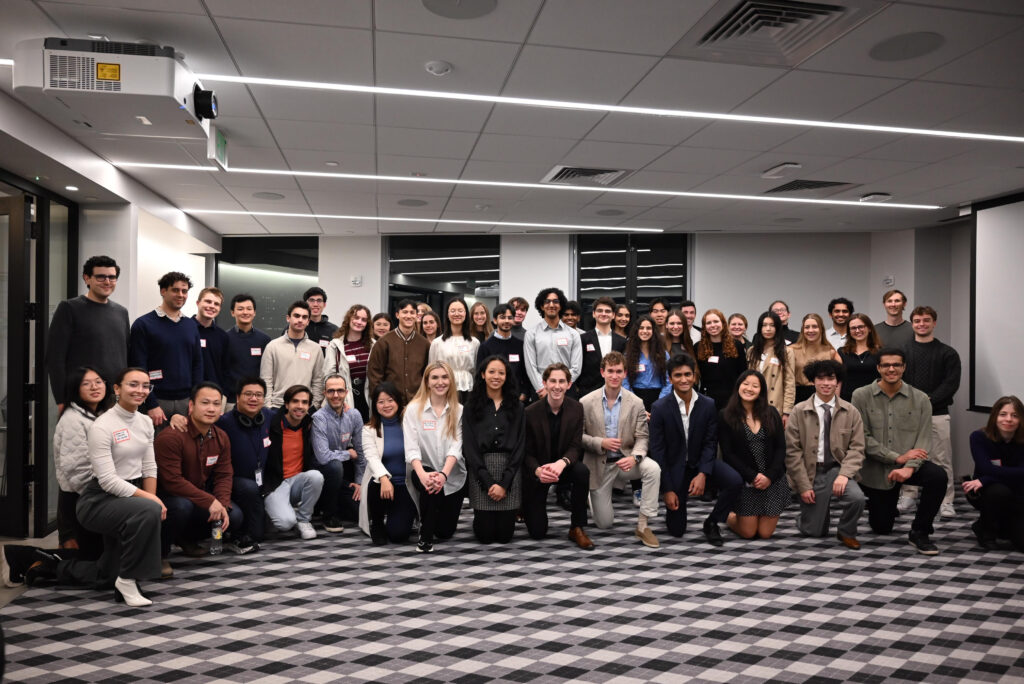“These insights underscore the importance of personalized treatment approaches and the need for further research to improve radiotherapy outcomes in cancer patients.”
Radiation therapy or radiotherapy, is a common treatment for cancer, but its effectiveness differs across patients. A recent study published as the cover for Volume 17, Issue 2 of Aging explored why this happens. The findings provide valuable insights, particularly for brain cancers like glioblastoma (GBM) and low-grade gliomas (LGG).
Understanding Glioblastoma and Low-Grade Gliomas
Glioblastoma and LGG are both brain tumors, but they behave in very different ways. GBM is highly aggressive, with most patients surviving only 12 to 18 months, even with surgery, chemotherapy, and radiation therapy. LGG, on the other hand, grows more slowly, and many patients live for decades with proper care.
Despite their differences, LGG and GBM are biologically linked. Some LGG tumors eventually transform into GBM, making early treatment decisions critical. Given radiation therapy’s effectiveness in GBM, it has often been assumed that LGG patients would also benefit from it. However, a new study titled “Variability in radiotherapy outcomes across cancer types: a comparative study of glioblastoma multiforme and low-grade gliomas” challenges this assumption.
The Study: Investigating Radiation Therapy’s Impact on Cancer Patients Survival
A research team led by first author Alexander Veviorskiy from Insilico Medicine AI Limited, Abu Dhabi, UAE, and corresponding author Morten Scheibye-Knudsen from the Center for Healthy Aging, University of Copenhagen, studied how radiation therapy affects cancer patient survival. They examined data from The Cancer Genome Atlas (TCGA), which includes 32 types of cancer. When they found that GBM and LGG had very different survival outcomes after radiation, they decided to focus on these two types of brain cancer. To learn more about their differences, gene expression and molecular pathways connected to radiation therapy responses were studied.
The Challenge: Why Radiation Therapy Works Only in Certain Tumors
Radiation therapy is an important cancer treatment, but its success is not the same for everyone. Even patients with the same type of cancer can respond differently, making it difficult to predict who will benefit. Understanding why some tumors are sensitive to radiation while others resist it is key to improving treatment and patient survival.
The Results: Radiation Therapy Works for Glioblastoma but Not for Low-Grade Gliomas
Overall, GBM had the highest percentage of patients receiving radiation therapy (82%), followed by LGG (54%). When researchers compared survival outcomes, they found that while radiation improved survival in breast cancer and GBM patients, it had a negative effect on patients with lung adenocarcinoma and LGG. This led researchers to take a closer look at GBM and LGG, especially since LGG can develop into GBM over time.
A key discovery was how GBM and LGG regulate DNA repair differently. GBM tumors have weak DNA repair activity, making them more vulnerable to radiation-induced damage. LGG tumors, however, activate more DNA repair pathways, allowing cancer cells to survive radiation and potentially making treatment less effective.
The immune response to radiation therapy was also different. In GBM, radiation triggered an immune response, which may help fight the tumor. In LGG, however, immune activation was significantly lower, meaning that radiation therapy did not enhance the body’s ability to attack cancer cells. This fact may contribute to worse survival outcomes for LGG patients after treatment.
Further genetic analysis revealed that ATRX gene mutations made GBM and LGG patients more sensitive to radiation. On the other hand, higher EGFR gene activity was linked to lower survival rates after radiation in LGG patients. Similar findings for GBM tumors indicate treatment resistance.
The Breakthrough: Toward Personalized Treatment
This study offers new insights into why radiation therapy benefits certain brain tumors while being less effective, particularly in GBM and LGG. Finding important biological factors, like DNA repair activity, immune response, and genetic changes that may serve as biomarkers, will help radiation therapy be more precisely tailored to each patient’s unique tumor profile.
The Impact: Rethinking Glioblastoma and Low-Grade Gliomas Treatment
These findings highlight the importance of precision medicine in brain cancer treatment. Instead of automatically recommending radiation therapy for all LGG patients, oncologists should consider genetic testing to determine whether this treatment will be beneficial or not. If not, alternative treatments may be necessary. Immunotherapy and targeted drugs against EGFR could provide better outcomes for patients who do not respond well to radiation therapy.
For GBM, researchers are investigating ways to enhance radiation’s effectiveness by combining it with DNA repair inhibitors, such as PARP inhibitors. These drugs could increase tumor sensitivity to radiation and improve survival rates.
Conclusion
Advancing cancer treatment requires a personalized approach. Identifying biomarkers that predict how GBM and LGG tumors respond to radiation therapy can help clinicians make more informed treatment decisions, ensuring that patients receive the most effective and least harmful therapies. By uncovering key genetic and molecular insights, this study moves the field closer to individualized brain cancer treatments, improving survival rates while reducing unnecessary risks for patients.
Click here to read the full research paper in Aging.
___
Aging is indexed by PubMed/Medline (abbreviated as “Aging (Albany NY)”), PubMed Central, Web of Science: Science Citation Index Expanded (abbreviated as “Aging‐US” and listed in the Cell Biology and Geriatrics & Gerontology categories), Scopus (abbreviated as “Aging” and listed in the Cell Biology and Aging categories), Biological Abstracts, BIOSIS Previews, EMBASE, META (Chan Zuckerberg Initiative) (2018-2022), and Dimensions (Digital Science).
Click here to subscribe to Aging publication updates.
For media inquiries, please contact [email protected].

